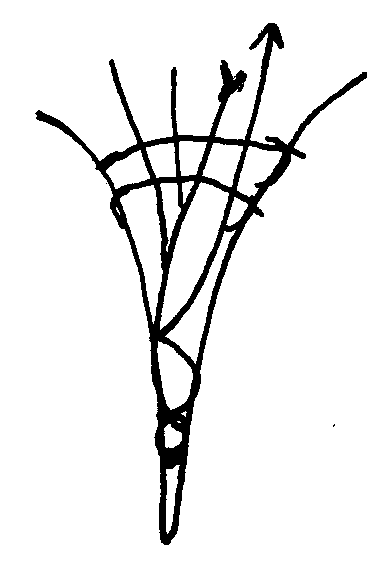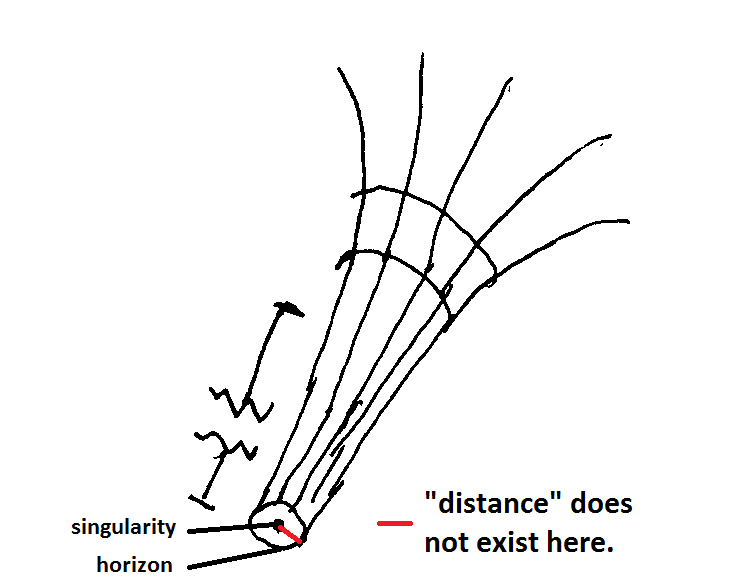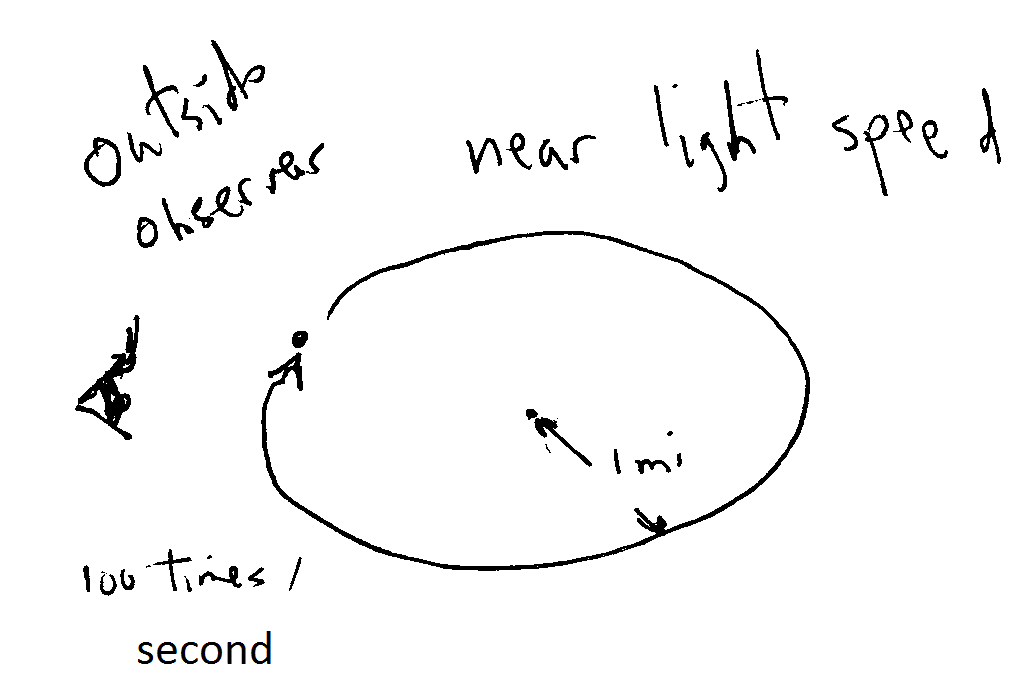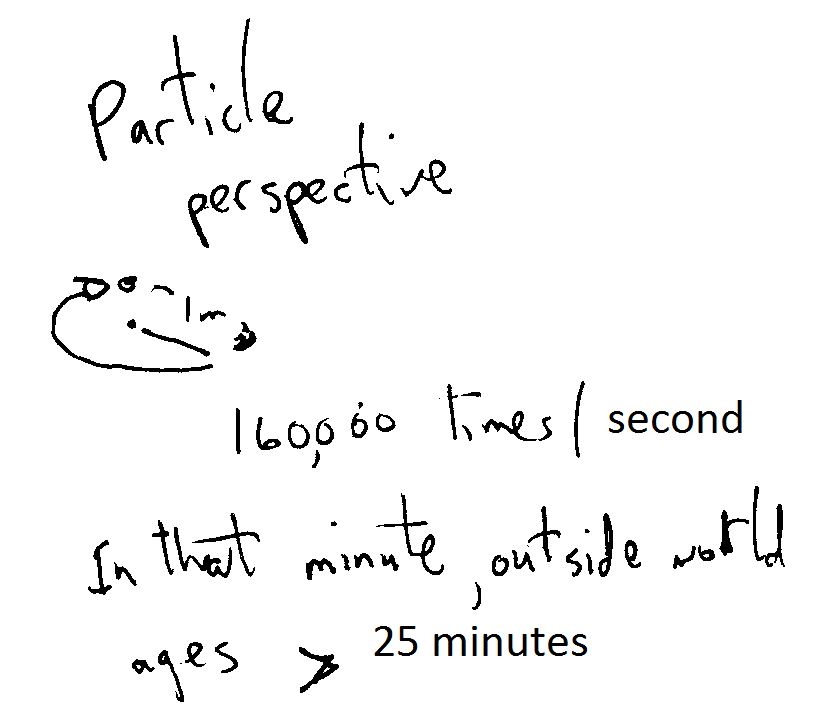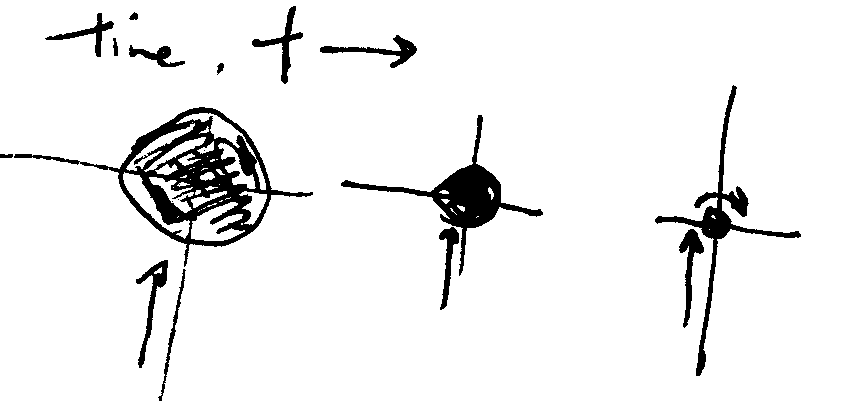NOTE: this article was originally published in July 2016, two months before Hillary Clinton made Richard Spencer famous, and gave the term its white nationalist meaning. At the time of writing this article, “Alt Right” was a term used by former liberals like myself, enthusiasts of alternative culture, who were getting disillusioned with the established left. Today it’s more appropriately known as “red pilled.” As such, this is a great historical piece, that shows how our society has evolved in the last four years, and why so many people are fleeing the Democratic Party. I do hope you enjoy it, and get something out of it.
A spectre is haunting the Internet – the spectre of Alt Right. All the powers of the Internet have entered into a holy alliance to exorcise thie spectre: Government and Facebook, Buzzfeed and the clickbait mob, Democrats and Republicans.
Where is the outspoken Tweeter that has not been decried as Alt Right by a verified Twitter account? Where is both the college radical and the government official that has not hurled back the branding reproach of “Alt Right”?
Two things result from this fact:
- Alt Right is already acknlowledged by all Internet powers to be itself a power.
- It is high time that the Alt Right should openly, in the face of the whole internet, publish their view, their aims, their tendencies, and meet this nursery tale of the Spectre of Alt Right with a manifesto of the internet tendency itself.
Bourgeois and Internet
Commoners continuously have fought for their own voice in our society, only to have their opinions coopted by established voices who quickly sold them out as they became valuable enough to do so.
And this history of the last twenty years has manifested itself in the history of the Internet. Ever since the 60s, the baby boomer generation has held the mantle of “anti-society” and has taken their attitudes all the way to the major parties and the corporate boardrooms. With this creep into established society, they have also crept into Silicon Valley and the helm of the Internet.
Thus Silicon Valley, which is now said to rival Wall Street itself in pure capital power, also has the heritage of the 60s. But it is a heritage that keeps sticking to staler and staler ghosts of its rebel past. The fact that the anti-vaccine craze has its center in Marin county should come as a surprise to nobody. All the wealthiest benefactors of internet wealth live up there, a living contradiction of both being The Man and being Against The Man.
One need not look very far to see this tendency in all sorts of stale politics: transgender/LGBT politics, the GMO and anti-Vaccine craze, blaming a fictional past on all our woes, white guilt and the weird way it warps racial politics.
Now the Internet billionaires also ushered in an entirely new era – the era of decentralized communications. But while they hailed this as a new era of equality, where anyone can talk to anyone, they also ingratiated themselves to all that was stale and old in our society: Hollywood, the recording industry, governments seeking to promote globalist agendas.
This is why companies like Facebook and Twitter, despite their claims to democratize the national conversation, are becoming more egregiously partisan, blocking any conversation they deem against the globalist agenda.
The Proletarian Internet
While Silicon Valley has done everything it could to centralize the internet and bring people under its fold, voices have emerged and exploited the internet for their own dissident opinions. It started as a sort of a crack in the dam. When a proper liberal was supposed to champion things like “women are always right feminism” or pop psychology or liking any music that the radio stations threw your way, these people said NO.
I’ve seen such voices ever since the early 2000s. Maddox was a good proto-champion of the Alt Right from the early days. Not only did he have a dissident voice, his very platform was dissident. To this day he still uses Xmission, some obscure, libertarian webhost in Utah.
Nor was this Alt Right confined to the Internet. Jim Goad wrote the Redneck Manifesto, a good anthropology of working class America that stays clear of stale racial categories and in fact rebels against them. It is from this seed of truth that the Buzzfeed article above builds its mountain of bullshit that Alt Right is about White Nationalism.
And if I may interject my own personal experience, it was in dealing with the GMO debate that I, a hitherto good liberal, decided to jump the train and speak out against what I saw was people just sticking with what would later become virtue signaling: speaking up about an issue they know nothing about, just to look cool to their peers.
Kony 2012 was a watershed moment in virtue signalling – when the slogan-based politics of the established left became so removed from reality that it was an Emperor’s New Clothes moment.
Gavin McInness and Rebel Media have also risen to internet fame as a member of the Alt Right. He gives a good understanding of the 14 different types of conservatives. While he has a rather narrow understanding of Alt Right himself, this is a good starting point for the understanding of who falls under this rather large, colorful umbrella of Alt Right.
Because, over the last couple years, such virtue signaling has come to a head. Events like the 2014 Israel-Gaza war, Bruce Jenner becoming Catelyn Jenner, Ahmed Clockboy, Black Lives Matter. And probably most of all, the unfettered Muslim immigration coming into Europe and all the devastating consequences it’s had for European Society.
And it is this last issue most of all where the battle lines are so clearly drawn. The old 60s liberals that have become established are policing the Internet for people in power. And the Alt Right seem to be the only ones that are opposing established views.
Milo Yiannopoulous, a gay conservative, has seen himself catapulted to the eye of this storm. He’s considered a modern day champion of the Alt Right, taking such basic stances like Muslim immigration is dangerous to gays, and questioning the statistics of college rapes and female wage gaps. As he’s put it, he’s welcome to debat things, but he wants to debate facts, not just being called a racist.
The 2016 Election
And with this election of Hilary v. Trump, we may see as many Democrats become Trump Democrats as there were Reagan Democrats. The Alt Right is largely responsible for this movement. It is not because the country has shifted to the right. It is because the left has moved into irrelevance. Indeed all the political forces of the past 16 years have drifted into irrelevance.
All the powers of the media and the internet have placed themselves solidly in the camp of Bernie/Hilary. To the point where they smear Trump and anyone who supports him. The Democrats literally treat Trump as The Devil. The only argument they have left is “vote for Hilary or the Devil.” They even threaten violence against his supporters. I wonder how many more people would have Trump signs and stickers if they didn’t fear vandalism.
And the Alt Right is getting smeared right along with Trump. The same lies they put up about Trump are being used against this shadowy movement of nebulous neo-Nazis which happen to include Jews and Gays. So it leads us to ask, just what does Alt Right believe?
What the Alt Right believes
The Alt Right is ultimately not defined by its own goals – our goals are myriad and contradictory – but our refusal to associate with championed issues of the established left. Catelyn Jenner is still a man, and men should not be involved in women’s sports. This issue has put someone as innocent as Rhonda Rousey as a hated conservative, for saying transgender men should not be allowed to compete against female fighters.
Being pro-science is also a major bone of contention of the Alt-Right. We have no problem with GMOs or vaccines. I’ll admit I may be in the minority of the Alt Right for believing Global Warming is an issue. But I fall right back in when I say governments aren’t doing anything about it other than as an excuse for subsidies to their friends.
We value education, we don’t think it’s a tool of rich white males to mold your mind. We’re not afraid to bring up that rap is corrupting and that being a thug will land you in jail. We like cops, we like that they keep civilization. Maybe they have problems but the problem would become much greater if they go away. So yeah, we think a cop’s life is more worth protecting than a civilian’s, and even more so than someone of questionable conduct.
We think being black or female does not excuse you from being an asshole. We think there’s an issue with Islam. We believe in borders, letting through those we accept, and keeping the rest out with deadly force if necessary. And with that, we are opposed to “safe spaces”. If you want to be relevant, you’re going to be insulted, you’re going to be attacked. Only toddlers need safe spaces. Children should be exposed to increasing levels of reality and danger.
And that brings me to the final disclaimer of what we believe: we disagree on a lot. Anyone calling themselves Alt Right can disagree with any one of these precepts. The difference is we are able to disagree without branding each other and casting each other off into the hell of moral condemnation. Which, yes, is as ridiculous as it sounds.
What the Alt Right wants
If you could sum it all up in one catchphrase, it’s “we’re tired of being PC.”
Although, as the virtue signaling leftist media spins it, that means if you’re not PC you’re an asshole that rapes and beats women, wants to lynch black people, and send Muslims and Jews to the concentration camps.
It sounds ridiculous when you put it that way. And it is. Even among those who are outspoken racial advocates, they tend to not let themselves get baited into leftist politics. But when you look at the picture the media have painted of Trump, that’s exactly it. He’s never talked about rounding up anyone, just closing and enforcing the borders. And nevermind that more deportations have happened under Obama than anyone else.
The point here is, it would be nice to have conversations about immigration, or Islam, or cops, or any of these issues, without being branded as a racist homophobe Islamophobe animal killer. And not just being branded, but being ostracized. Because at some point the ostracizers become the ostracized. The way things are going worldwide, the far right are the only ones who are echoing these sentiments. This is giving them more and more power, while more and more mainstream parties are losing power.
It is possible to see the Democrats completely disappear as a party in November. This is not healthy. But it is absolutely the fault of those who think they have some moral cudgel to bash people around any time they disagree with something.
At this point I’d like to pat the back of fellow Gen X’ers. They seem to be the ones spearheading the Alt Right movement, and I think it’s because we’re the last generation to be raised without mandatory seatbelts. I honestly think the two are related. If you live your life thinking you’re immune from danger, you live your life thinking you’re immune from strife and discord.
But life is all about strife and discord. It’s what makes life dynamic. It’s why I both agree with a Warren Buffett, who thinks America has plenty of dynamism left, and a Donald Trump, who for all his quirks, has a point when he says we can Make America Great Again.
And that’s why he’s the dark horse Republican Nominee.






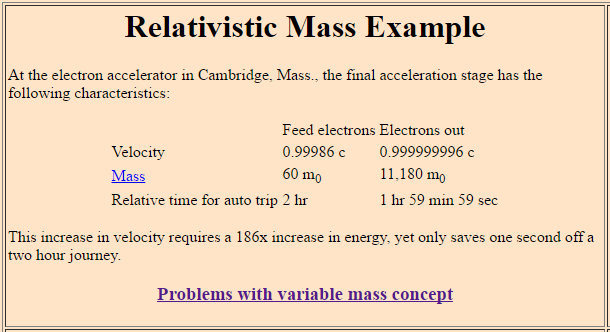

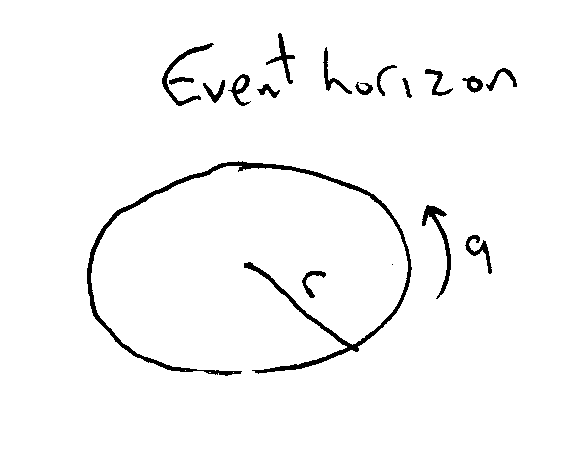


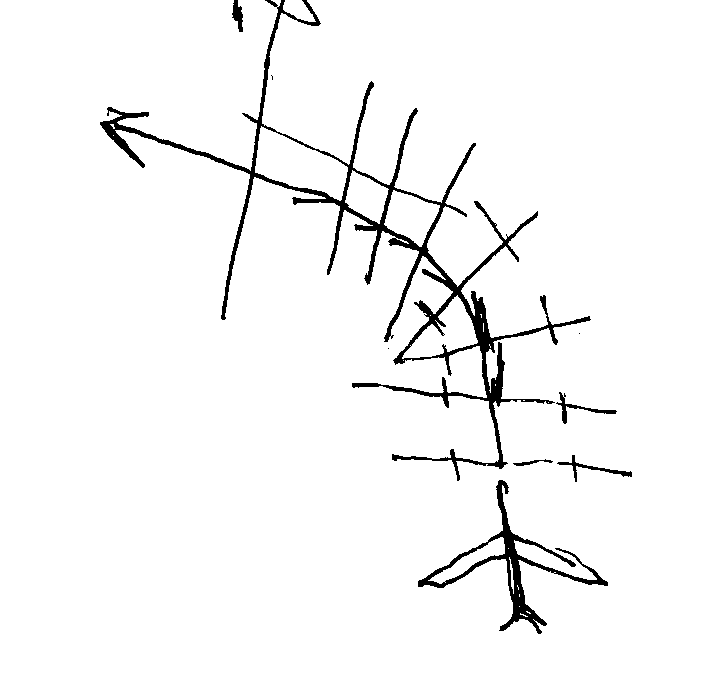
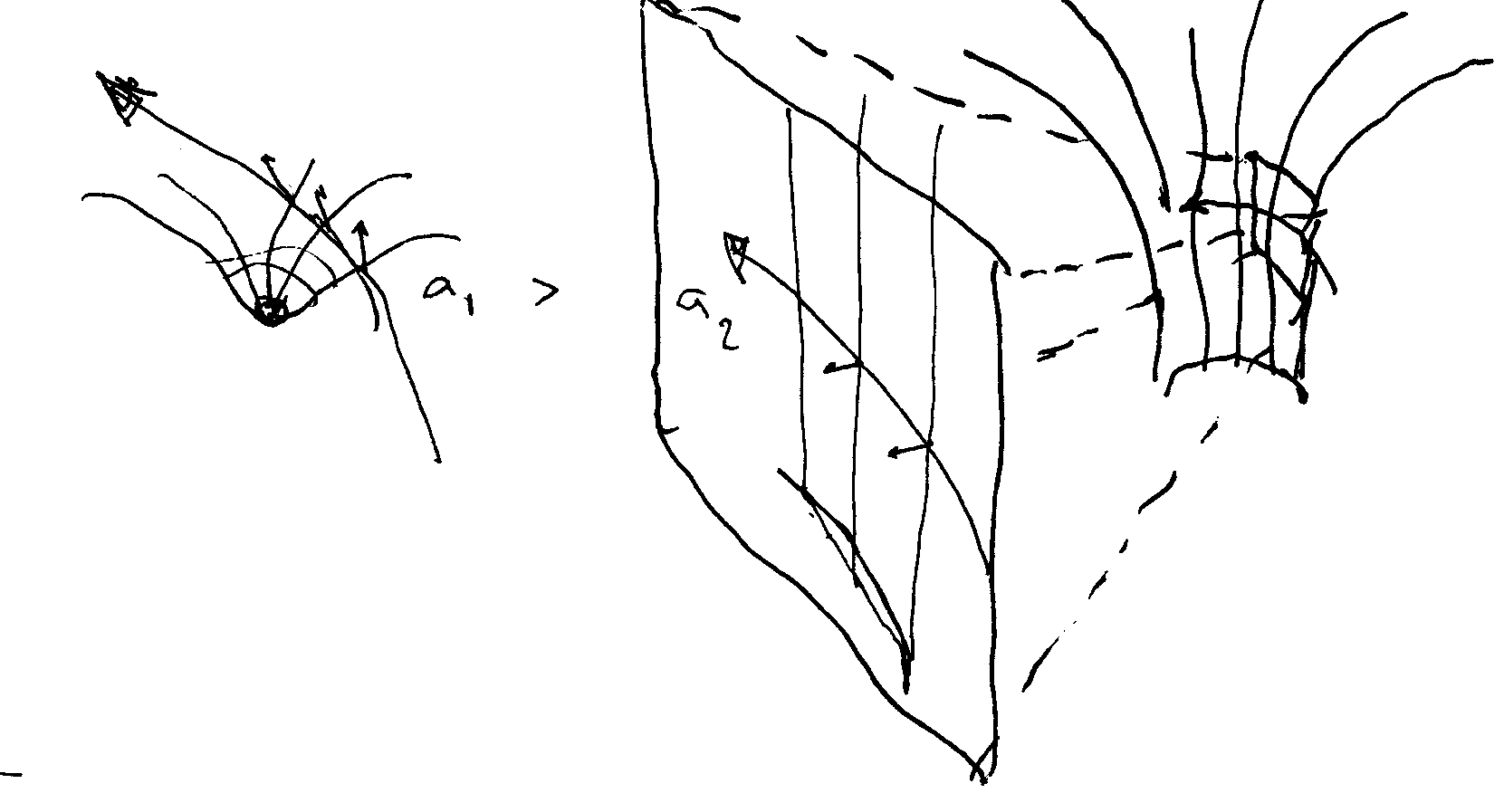
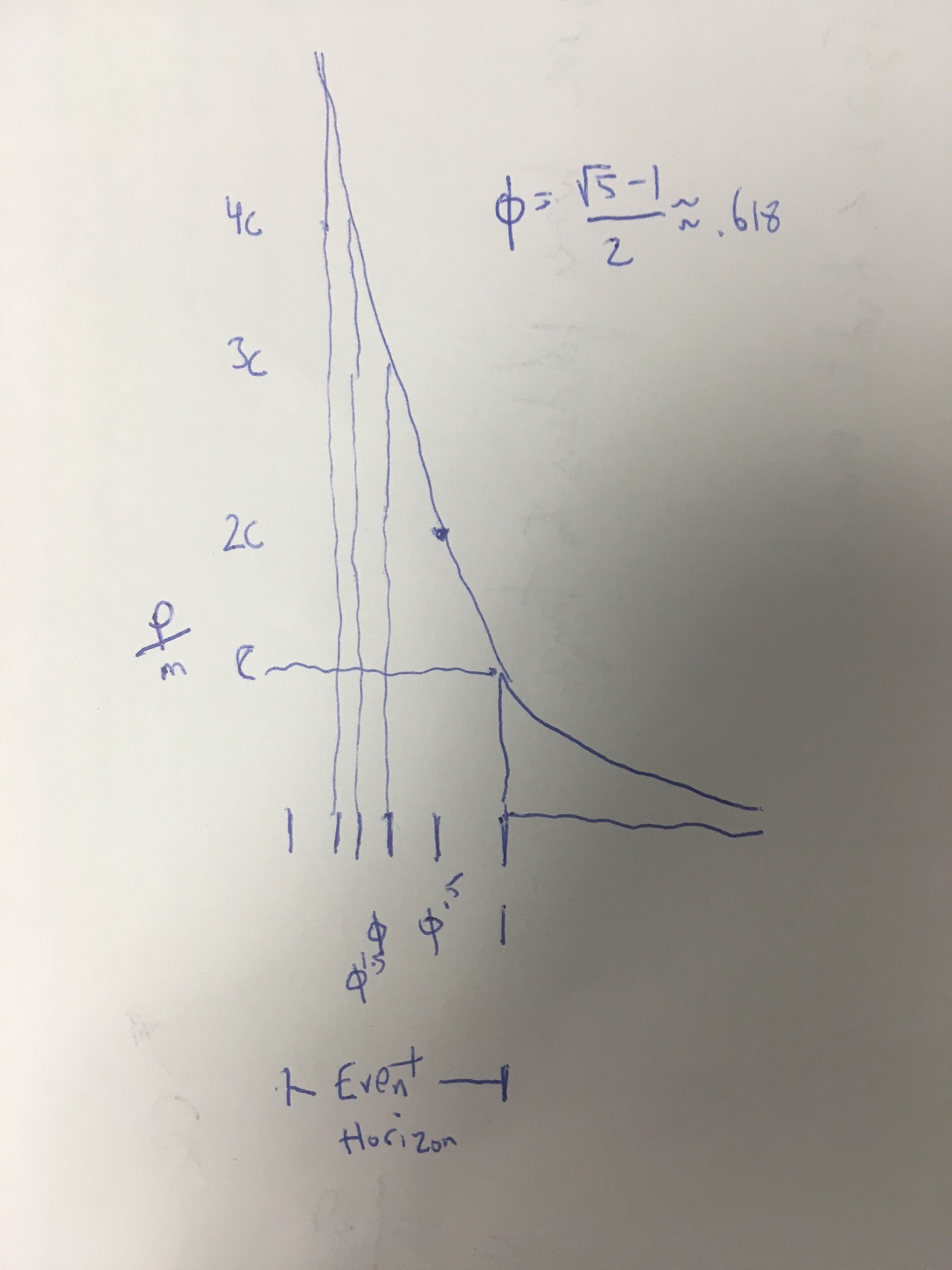





 Except it seemed the writers of these stories were so abuzz about the actual event, they didn’t point out the curious aspect of HOW a star gets sucked in by a black hole. Observe the artist’s illustration:
Except it seemed the writers of these stories were so abuzz about the actual event, they didn’t point out the curious aspect of HOW a star gets sucked in by a black hole. Observe the artist’s illustration:



